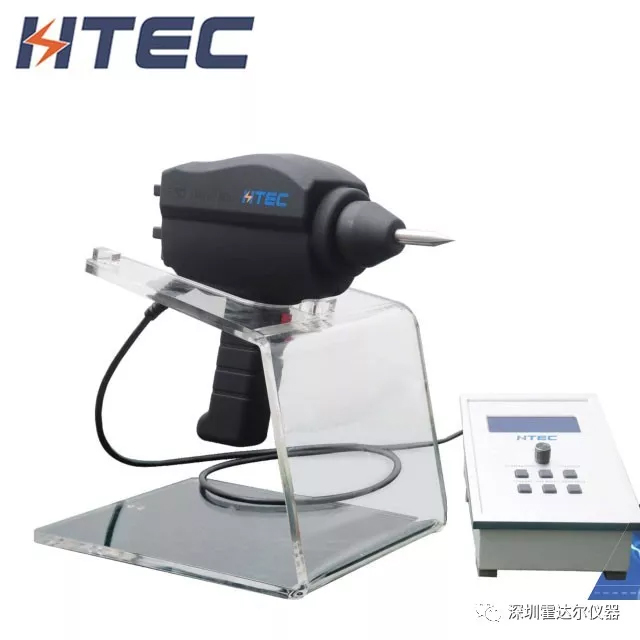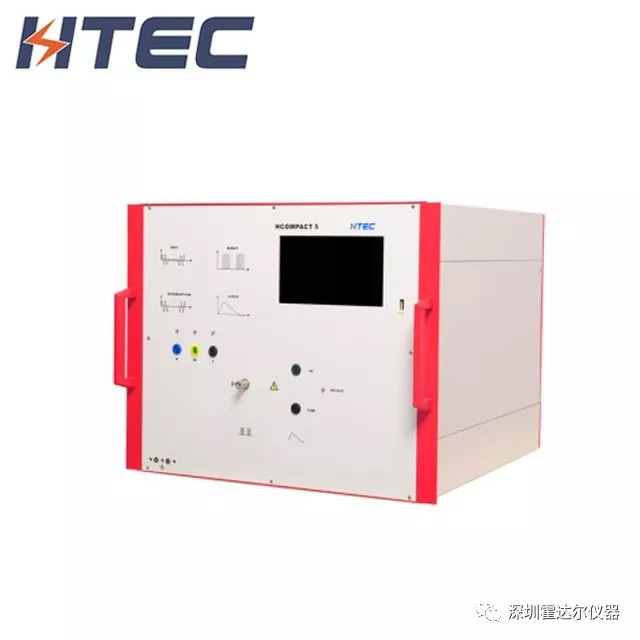As you all know, EMC testing is basically mandatory or recommended for most electronic products (except for counterfeit electronic products, so the EMC performance of counterfeit electronic products is also disagreeable!), the purpose is to ensure that the product does not cause damage to the electromagnetic environment. Accept the influence, but also hope that the product can work normally and reliably in certain electromagnetic environments.
EMC test items include EMI (electromagnetic interference) test and EMS (electromagnetic anti-interference) test.
1 EMI test items include:
1. Radiated Emission-Radiated Disturbance Test
Test electromagnetic energy propagating through space.
2. Conducted Emission-Conducted harassment test
Test electromagnetic energy along power lines, control lines, or signal lines.
3. Harmonic-Harmonic current disturbance test
It mainly measures the harmonics injected into the power grid during EUT operation.
4. Flicker-voltage change and flicker test
2 EMS test items include:
1. ESD-electrostatic immunity test
Simulate the discharge of an operator or object when it touches the equipment and the discharge of a person or object to nearby objects.
2. RS-Radiation immunity test of radio frequency electromagnetic field
Test the immunity of the tested equipment to electromagnetic disturbances in space.
3. CS-Radio frequency field induced conducted disturbance immunity test
Test the sensitivity of the equipment under test to electromagnetic energy transmitted along power lines, control lines, or signal lines.
4. DIP-Voltage sag, short-term interruption and voltage change immunity test
Simulate the instantaneous voltage drop and interruption caused by the fault in the low-voltage, medium-voltage or high-voltage network (short circuit or ground fault); and the voltage change caused by the continuous change of the load connected to the grid.
5. SURGE-Surge (impact) immunity test
Simulation of faults in the power grid: lightning (direct or indirect) interference to equipment, switch operations in the power grid. The discharge waveform is a pulse with an open circuit voltage of 1.2us/50us and a short circuit current of 8us/20us. It is characterized by slow rise time (relative to EFT/B), longer duration, and large energy.
6. EFT-Electrical fast transient pulse group immunity test
Simulate the switching of inductive loads (such as relays, contactors); the interference to the switching of high-voltage switches (such as vacuum switches) equipment. The discharge waveform is a 5ns/50ns (rising edge 5ns, half-wave time 50ns) pulse train, the pulse train duration is 15ms, and the pulse period is 300ms. It is characterized by fast rise time, short duration, low energy, but high repetition frequency.
7. PMS-power frequency magnetic field immunity test
3 EMC darkroom and some instruments used in the experiment
Figure 1 anechoic chamber/EMC test

Figure 2 ESD experiment electrostatic gun

Figure 3 Surge generator

Figure 4 HCOMPACT5 multifunctional immunity tester
